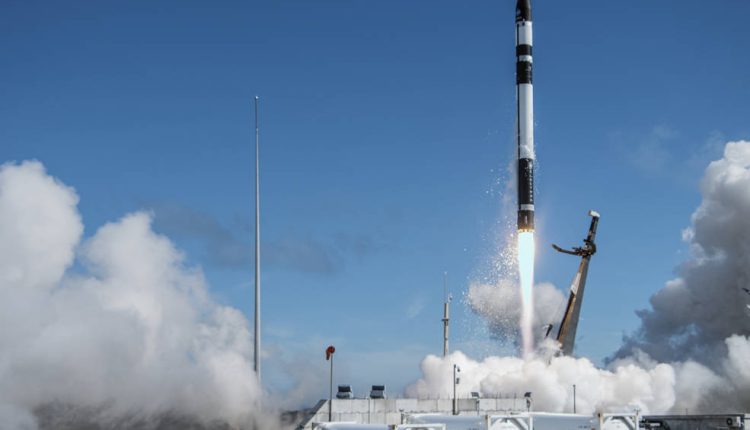After successfully launching the first pair of small satellites earlier this month from New Zealand, NASA and Rocket Lab are now targeting no earlier than 1 a.m. EDT Tuesday, May 23 (5 p.m. NZST), to launch the second pair of storm tracking CubeSats into orbit.
The agency’s TROPICS (Time-Resolved Observations of Precipitation structure and storm Intensity with a Constellation of Smallsats) mission will launch aboard a Rocket Lab Electron from Launch Complex 1 Pad B in Māhia, New Zealand.
Rocket Lab will provide live coverage beginning approximately 20 minutes before launch. Coverage will air on NASA Television, the NASA app, the agency’s website, and Rocket Lab’s website.
TROPICS is a constellation of four identical CubeSats designed to observe tropical cyclones from low Earth orbit, making observations more frequently than current weather tracking satellites. Gathering data more frequently can help scientists improve weather forecasting models.
NASA will use TROPICS to study tropical cyclones as part of the agency’s Earth Venture Class missions, which select targeted science missions to fill gaps in our overarching understanding of the entire Earth system.
Full coverage of this mission is as follows (all times Eastern):
Tuesday, May 23
Approximately 12:40 a.m. – Live launch coverage begins
No earlier than 1 a.m. – Launch window opens
NASA website launch coverage
Follow countdown coverage on NASA’s launch blog for live updates. On demand streaming video and photos of the launch will be available shortly after liftoff on Rocket Lab’s website and Flickr. Imagery also is available on the NASA website.
Watch, engage on social media
Stay connected and receive mission updates by following and tagging these accounts:
Twitter: @NASA_LSP, @NASAEarth, @NASAGoddard, @NASA, @RocketLab
Facebook: NASA, NASA LSP, RocketLabUSA
Instagram: @NASA, @NASAEarth, @RocketLabUSA
The TROPICS team is led by Dr. William Blackwell at MIT’s Lincoln Laboratory in Lexington, Massachusetts, and includes researchers from NASA, the National Oceanic and Atmospheric Administration, and several universities and commercial partners. NASA’s Launch Services Program, based at the agency’s Kennedy Space Center in Florida, is managing the launch service.


Comments are closed.